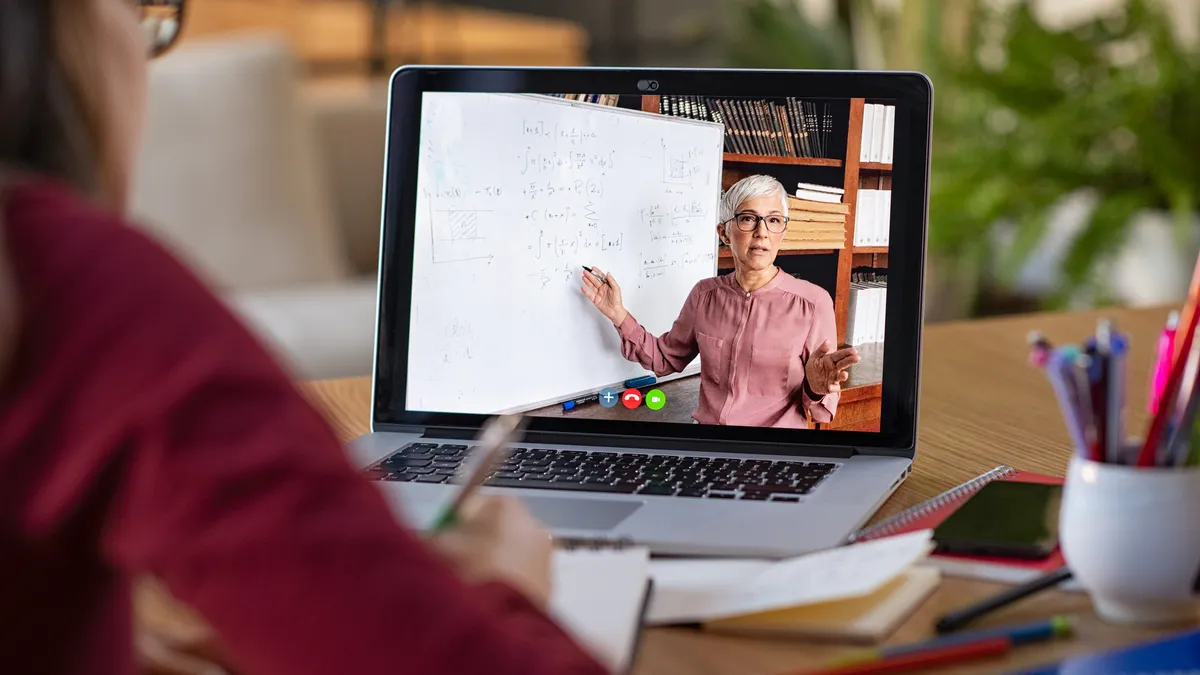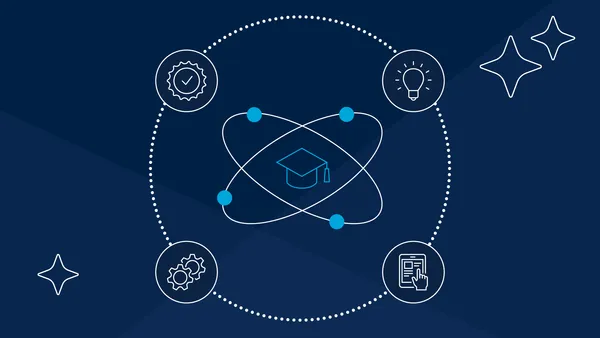Inara Scott is the assistant dean for teaching and learning excellence in the College of Business at Oregon State University and a Public Voices Fellow with The OpEd Project.
Across the country, colleges and universities are announcing plans to turn off their Zoom screens and invite professors and students back to lecture halls and labs. But that does not mean higher education has to revert to the status quo, in which around 30% of college students drop out after their first year, and only about 60% graduate in six years from a four-year college (and half that share from a two-year school in a comparable timeframe).
We know great teaching makes a difference for student success, especially for students of color, yet college faculty are largely untrained in the classroom. This year, we have the chance to connect the dots and improve outcomes for every student by focusing on higher education's greatest opportunity: training its teachers.
The underlying assumption of the current system is that a Ph.D. in astrophysics somehow qualifies a person to teach introductory physics. This is simply not true. Astrophysics tells one nothing about effective course design, engaging diverse students or creating classroom communities that foster belonging, let alone the science of metacognition and how students think and learn. Others argue that tenure makes it difficult to impose standards for professional development or expectations for teaching. Yet more than 70% of faculty positions are off the tenure track.
Part of the problem is that institutions of higher education — particularly research-intensive universities — do not see themselves as being responsible for providing exceptional teaching. Ongoing training and excellence in pedagogy are generally considered voluntary activities on the part of faculty, outside the control of the university. For example, much time and energy within the university are spent developing programs that include advising, mentoring and tutoring to address persistent gaps in retention and graduation rates for Black and Hispanic students, who are significantly less likely to complete their college degrees than White and Asian students. But the primary area where the gap occurs and might be addressed — the classroom — is rarely discussed.
The solution is straightforward. Institutions of higher education must provide — and require — teacher training for faculty, both at entry and on an ongoing basis. Faculty should receive regular feedback from skilled and trained observers, just like teachers in K-12 classrooms, and be expected to use this feedback to improve their craft. Ph.D. programs should require candidates to take multiple courses in teaching, and demonstrate basic knowledge of pedagogy as one of their core competencies. Teaching excellence must be recognized as part of the core mission of the university.
The great news is that right now, faculty are more open than ever before to rethinking how they deliver classes and what it means to be a skilled teacher. The abrupt transition to remote teaching in 2020 may have been rocky, but it also highlighted faculty's willingness to change. Many pedagogy coaches, like myself, found faculty determined to find new ways to reach students. In Oregon State University's College of Business alone, we delivered more than 4,000 hours of voluntary course development and technology training — largely uncompensated — prior to the start of the fall term.
The last year has shown that faculty care deeply about students and want to learn how to be more effective in the classroom. At the same time, colleges and universities have channeled significant resources into training faculty in using technology and adapting their teaching to meet changing circumstances.
Higher education must not let this unique moment slip away. Administrators have the opportunity to create a culture that values the art and science of teaching and accepts the responsibility of educating students — not just in theory, but in practice.













